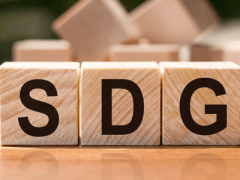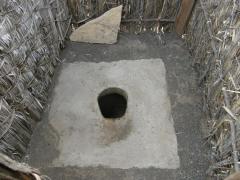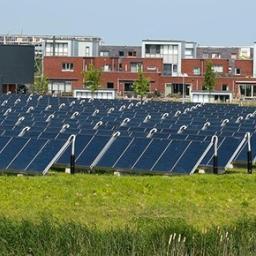Defining a sustainable development target space for 2030 and 2050
With the establishment of the sustainable development goals (SDGs), countries worldwide agreed to a prosperous, socially inclusive, and environmentally sustainable future for all. This ambition exposes a critical gap in science-based insights on how to achieve the 17 SDGs simultaneously. Quantitative goal-seeking scenario studies could help explore the needed systems’ transformations. This requires a clear definition of the "target space."
The 169 targets and 232 indicators used for monitoring SDG implementation cannot be used; they are too many, too broad, unstructured, and sometimes not formulated quantitatively.
Here, we propose a streamlined set of science-based indicators and associated target values that are quantifiable and actionable to make scenario analysis meaningful, relevant, and simple enough to be transparent and communicable. The 36 targets are based on the SDGs, existing multilateral agreements, literature, and expert assessment. They include 2050 as a longer-term reference point. This target space can guide researchers in developing new Sustainable Development Pathways.
Authors
Specifications
- Publication title
- Defining a sustainable development target space for 2030 and 2050
- Publication date
- 1 February 2022
- Publication type
- Article
- Publication language
- English
- Magazine
- One Earth
- Product number
- 4908




